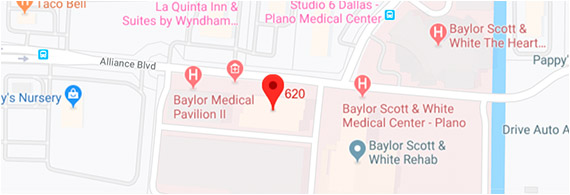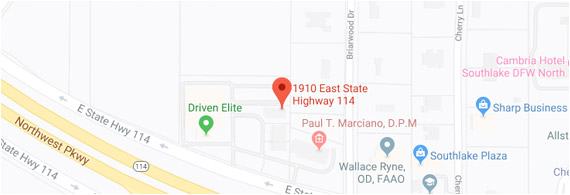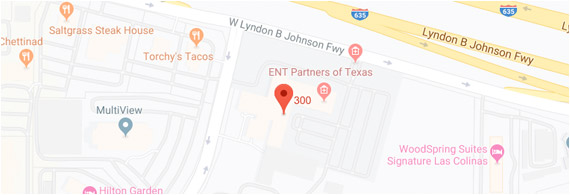January is Glaucoma Awareness Month
January has been designated Glaucoma Awareness Month.
What is Glaucoma? Glaucoma is a group of diseases associated with damage to the optic nerve. The optic nerve is the part of the eye that carries the images we see to the brain. Glaucoma usually occurs in patients with elevated eye pressures. However, it can rarely in patients with normal eye pressure (Normal-tension Glaucoma). Glaucoma is a leading cause of blindness in the United States. Early treatment can often prevent loss of sight.
What are the Symptoms? The optic nerve is made up of many nerve fibers that carry images to the brain. It’s like an electric cable containing numerous wires. When glaucoma damages the optic nerve fibers, blind spots develop. If the entire nerve is destroyed, blindness results.
Chronic open-angle glaucoma is the most common form of glaucoma in the United States. Typically, open-angle glaucoma has no symptoms in its early stages, and vision remains normal. As the optic nerve becomes more damaged, blank spots begin to appear in your field of vision. You typically won’t notice these blank spots in your day-to-day activities until the optic nerve is significantly damaged and these spots become large. If all the optic nerve fibers die, blindness results.
Closed-angle Glaucoma is a rarer type of Glaucoma. Some people are born with the iris (the colored part of the eye) too close to the drainage angle. In these eyes, which are often small and farsighted, the iris can be sucked into the drainage angle and block it completely. Since the fluid cannot exit the eye, pressure inside the eye builds rapidly and causes an acute closed-angle attack. Symptoms of closed-angle glaucoma may include:
- blurry vision;
- severe eye pain;
- headache;
- rainbow-colored halos around lights;
- nausea and vomiting.
This is a true eye emergency. If you have any of these symptoms, call your Eye M.D. immediately.
What are the Risk Factors for Glaucoma? The most important risk factors for glaucoma include:
- age (60 years and older);
- elevated eye pressure;
- family history of glaucoma;
- African-American or Latin American ancestry
- farsightedness or nearsightedness;
- past eye injuries;
- steroid use;
- other health problems like diabetes or migraine headaches.
Your Eye M.D. will weigh all of these factors before deciding whether you need treatment. You may simply need to be monitored closely. This means your risk of developing glaucoma is higher than normal. Make sure to have regular examinations to detect the early signs of damage to the optic nerve. Regular medical eye exams can help prevent unnecessary vision loss.
How Often Should I Be Screened for Glaucoma? Recommended intervals for eye exams are:
- Ages 20 to 29: Individuals of African descent or with a family history of glaucoma should have an eye examination every 3 to 5 years. Others should have an eye exam at least once during this period.
- Ages 30 to 39: Individuals of African descent or with a family history of glaucoma should have an eye examination every 2 to 4 years. Others should have an eye exam at least twice during this period.
- Ages 40 to 64: Every 2 to 4 years.
- Ages 65 or older: Every 1 to 2 years.
What is the Treatment for Glaucoma?
Treatment can prevent vision loss, but as a rule, damage caused by glaucoma is irreversible.
Eyedrops, laser surgery, and conventional surgery can help prevent further damage. In some cases, oral medications may also be prescribed.
Glaucoma is usually controlled with eye drops taken daily. These medications lower eye pressure, either by decreasing the amount of fluid produced within the eye or by improving the flow through the drain of the eye.
While these medications can preserve your vision, they may also have side effects. You should tell your ophthalmologist if you think you might be experiencing side effects.
 Sidney Gicheru, M.D. is a Board Certified Ophthalmologist and LASIK surgeon at LaserCare Eye Center (for more information go to dfweyes.com In addition to LASIK, he performs Refractive Cataract surgery (ReSTOR, Crystalens, and Toric lens implants). For more information call 214-328-0444 or 817.481.2727. This article January is Glaucoma Awareness Month was written by Sidney Gicheru, M.D.
Sidney Gicheru, M.D. is a Board Certified Ophthalmologist and LASIK surgeon at LaserCare Eye Center (for more information go to dfweyes.com In addition to LASIK, he performs Refractive Cataract surgery (ReSTOR, Crystalens, and Toric lens implants). For more information call 214-328-0444 or 817.481.2727. This article January is Glaucoma Awareness Month was written by Sidney Gicheru, M.D.




